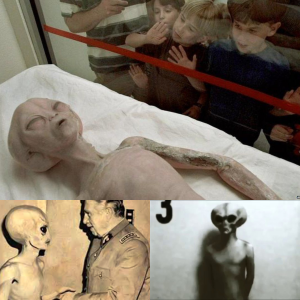
Confirmation of 12 newly discovered moons orbiting Jupiter has made it the leader in terms of moon count in the Solar System. With these new moons, the gas giant now boasts of 92 known orbiting entities, surpassing Saturn’s collection of 83. Scientists face the challenge of locating these small celestial bodies, and the glare emitted by Jupiter complicates the search.

The discovery of even more moons is expected, but powerful telescopes with narrow fields of vision are required to spot them. Despite these challenges, Dr. Scott Sheppard has spent several years tracking the orbits of these 12 new moons, which were recently published by the Minor Planet Center (MPC). Nine of these newly discovered satellites orbit Jupiter retrogradely, taking at least 550 days to complete one orbit despite their small size.


The remaining trio of moons were detected among the prograde satellite clusters that lie between the Galilean moons, which are massive and close by, and the more distant retrograde objects. One of them belongs to the Carpo group, located about 17 million kilometers (10.6 million miles) from Jupiter, while the other two are part of the Himalia group, which circles the planet at a distance of 11 to 12 million kilometers (6.8 to 7.5 million miles).
Each of the 12 new additions to Jupiter’s collection has an orbit that takes more than 340 days to complete, and none of them are large enough to be named. These diminutive satellites are believed to be the remnants of larger moons that shattered into fragments after colliding with other objects millions of years ago.

While scientists are still uncertain about the cause of these past collisions, a clue was provided by Sheppard’s previous discovery in 2018: a peculiar moon named Valetudo. Valetudo moves in the opposite direction of Jupiter’s rotation, against the trend of its retrograde moon clusters. Some astronomers believe that Valetudo may be the remains of a larger object that once plowed through Jupiter’s retrograde moons like a wrecking ball. Simply put, going against the current may increase the likelihood of a chance encounter.





